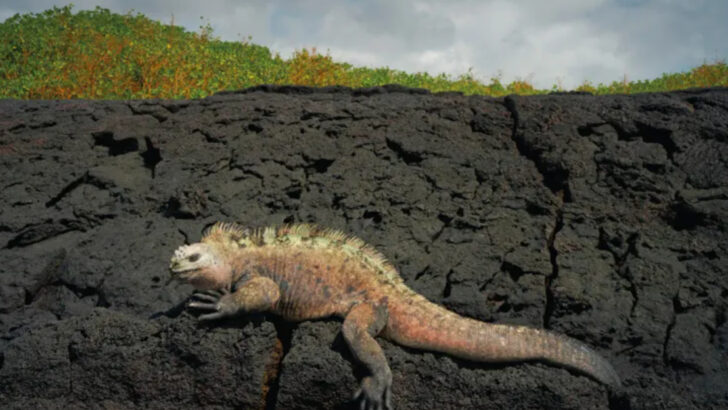Some animals thrive where most would perish—on the searing, unpredictable slopes of active volcanoes.
These creatures don’t just survive in volcanic regions—they rule them. From the steaming hot springs to the rocky, lava-scarred terrain, these species have adapted in ways that seem almost impossible.
With heat that could melt a human and air thick with toxic gases, the animals that call volcanic regions home are living proof of nature’s ability to conquer the extremes.
Join us as we explore 15 incredible species that have evolved to not only endure, but flourish, in some of the world’s most intense and fiery environments. Get ready to meet the true survivors of Earth’s molten heart.
Lava Lizard
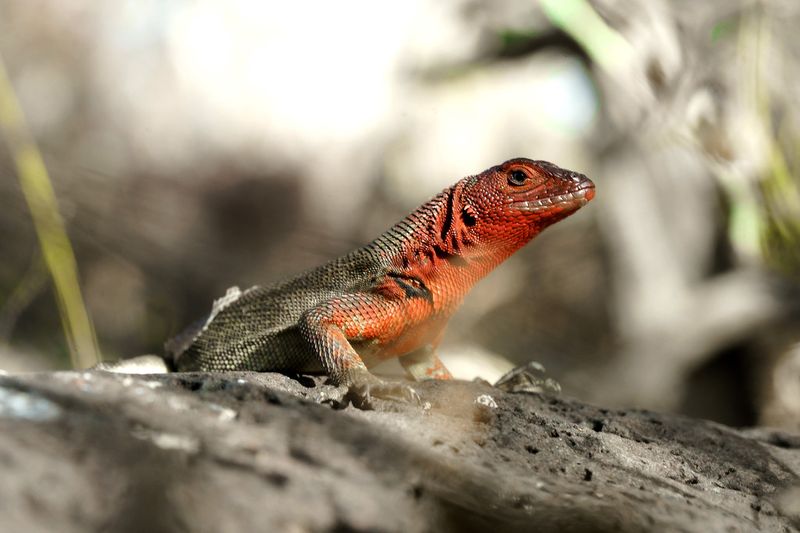
Perched atop sun-baked volcanic rocks, the Lava Lizard is a master of heat and camouflage. These small reptiles, found on the Galápagos Islands, have adapted to the scorching temperatures of their habitat.
With scales that mimic the colors of volcanic terrain, they remain unseen by predators. Their ability to regulate body temperature through behavioral adjustments, like basking in the sun and seeking shade, showcases their resilience.
As agile hunters, they snap up insects, thriving in this extreme ecosystem. Lava Lizards exemplify nature’s incredible adaptability.
Volcanic Rock Mouse
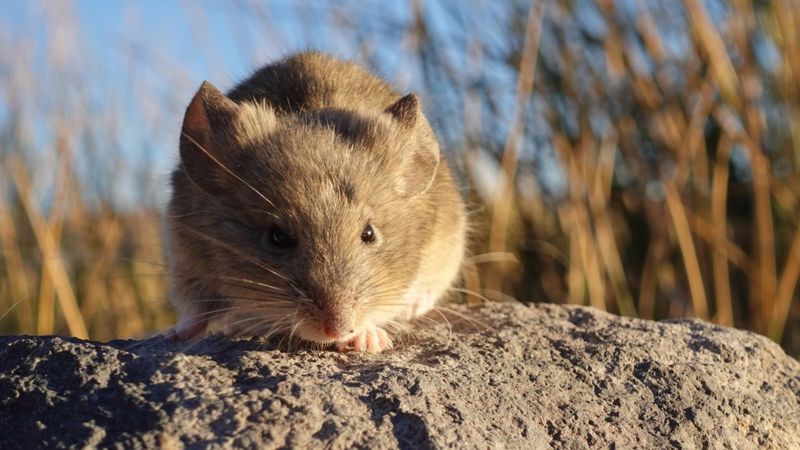
Nestled among rugged volcanic rocks, the Volcanic Rock Mouse is a master of disguise. This small mammal, native to the highlands of Ethiopia, blends seamlessly with its rocky environment.
Its dark fur and nimble movements make it nearly invisible to predators. This mouse has evolved to extract moisture from its food, a critical adaptation in an arid landscape.
Burrowing into crevices provides shelter from the harsh climate. The Volcanic Rock Mouse is a testament to survival in one of nature’s most challenging arenas.
Hawaiian Honeycreeper
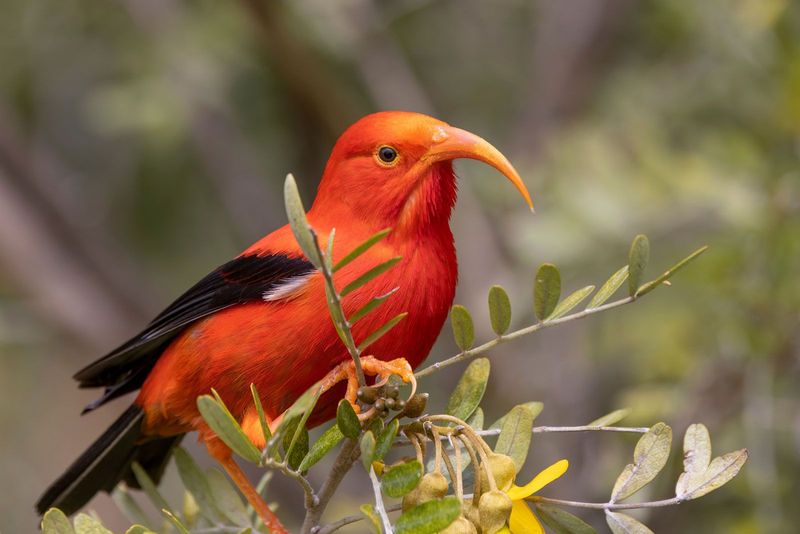
In the lush volcanic forests of Hawaii, the Hawaiian Honeycreeper has evolved a specialized beak, perfect for extracting nectar from tubular flowers. This vibrant bird’s plumage rivals the beauty of its surroundings, showcasing brilliant reds, greens, and yellows.
Adapted to the ecological niches created by volcanic activity, the Honeycreeper’s beak shape varies between species, allowing them to exploit different food sources.
Their melodic calls resonate through the canopy, a testament to the rich biodiversity fueled by volcanic soil.
Galápagos Marine Iguana
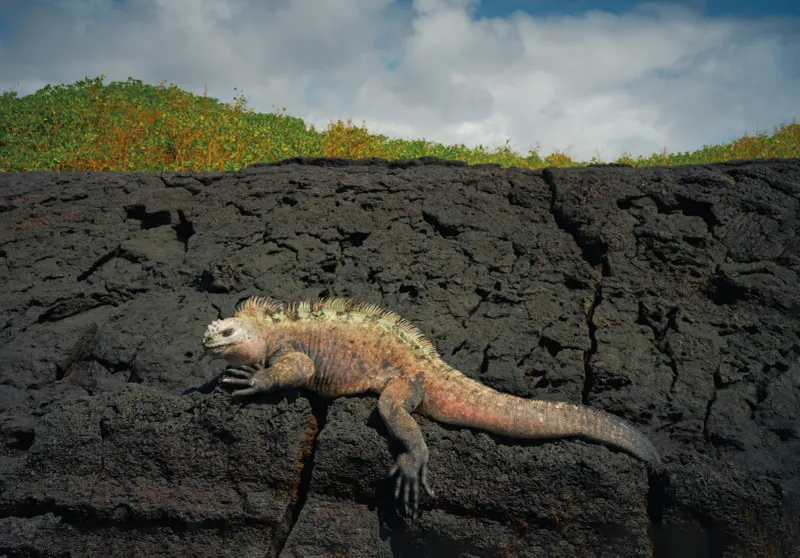
Unique among iguanas, the Galápagos Marine Iguana is the only lizard that forages in the sea. Found exclusively on the Galápagos Islands, it thrives on algae growing on submerged volcanic rocks.
With its dark skin absorbing the sun’s heat, it can endure the cold ocean waters. Its flattened tail and strong limbs make it an efficient swimmer.
Marine Iguanas showcase a remarkable evolutionary adaptation, highlighting the dynamic interplay between volcanic landscapes and marine environments.
Icelandic Arctic Fox
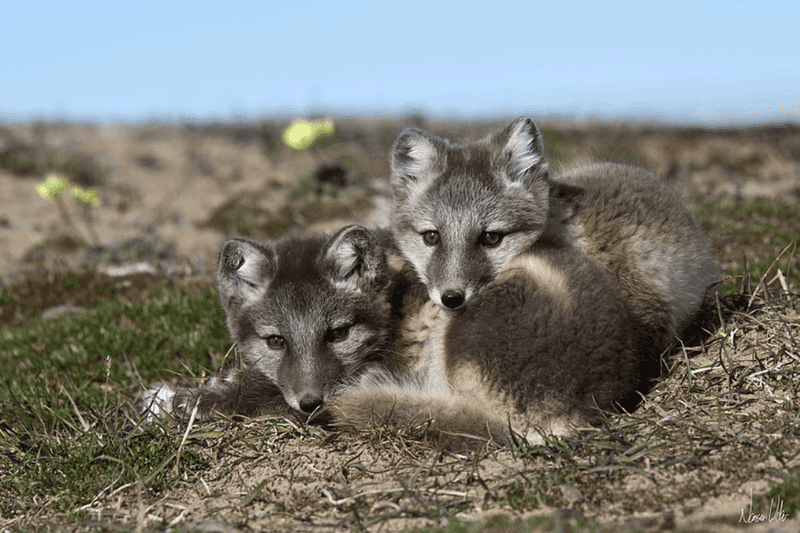
In the ice-laden landscapes of Iceland’s volcanic terrains, the Arctic Fox reigns supreme. With a coat that changes from brown to white with the seasons, this fox is perfectly adapted to the harsh climate.
Its keen senses and thick fur provide warmth and stealth, making it an adept hunter of birds and rodents. The geothermal heat from volcanic activity offers pockets of warmth, aiding its survival.
The Icelandic Arctic Fox is a symbol of resilience amidst nature’s extremes.
Mount St. Helens Northern Pocket Gopher
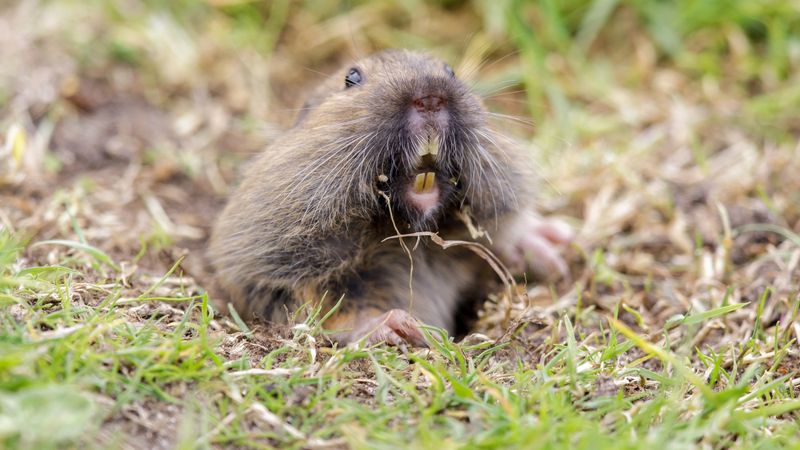
In the aftermath of Mount St. Helens’ eruption, the Northern Pocket Gopher emerged as an unlikely hero. These resilient rodents survived by burrowing deep beneath the ash-blanketed ground.
Their digging activities helped aerate the soil, paving the way for plant regrowth in the devastated landscape. With cheek pouches for food storage, they thrive in this challenging habitat.
The gopher’s survival and contribution to ecological recovery highlight nature’s incredible resilience and adaptability.
Tenerife Gecko
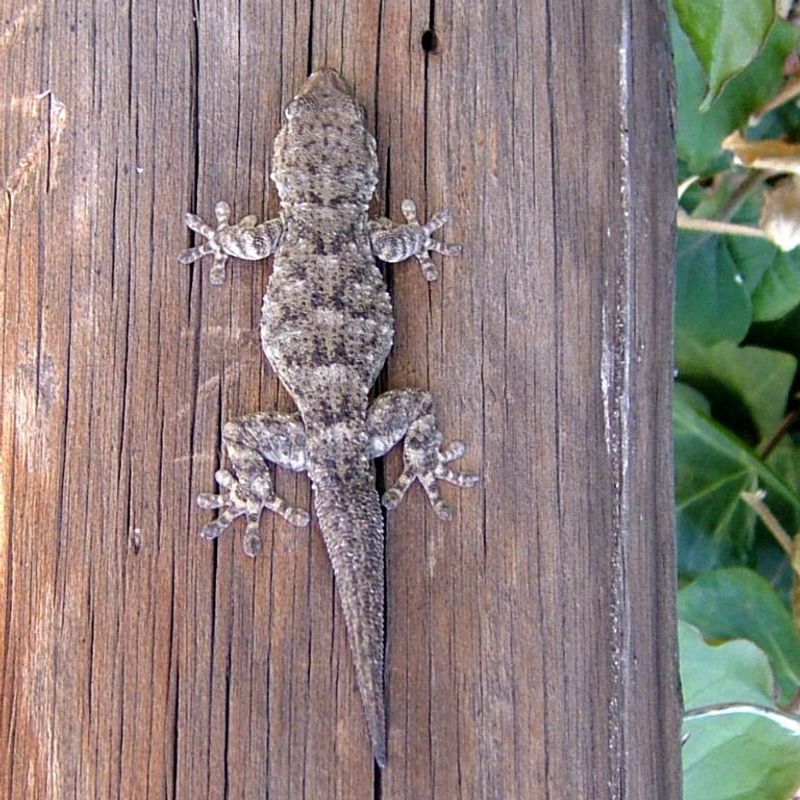
On the volcanic slopes of Tenerife, the Tenerife Gecko displays a remarkable talent for blending in. With skin that mirrors the rocky terrain, this nocturnal creature remains hidden from predators as it hunts for insects.
Its adhesive toe pads enable it to scale vertical surfaces effortlessly, while its ability to regenerate lost tails adds to its survival arsenal. The Tenerife Gecko thrives in an environment sculpted by volcanic forces, showcasing evolution’s ingenuity.
Sicilian Wall Lizard
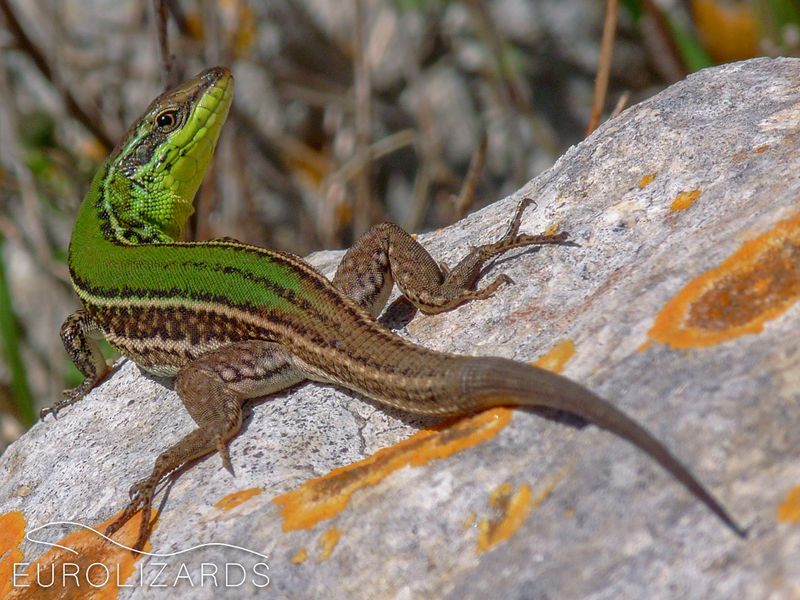
Basking in the Sicilian sun, the Sicilian Wall Lizard finds its home among volcanic rocks. These agile reptiles are perfectly adapted to the Mediterranean climate, with a diet primarily consisting of insects.
Their vibrant green scales offer camouflage amidst the lush vegetation and dark rocks. Quick reflexes and keen eyesight make them adept hunters. This lizard’s ability to thrive in volcanic landscapes is a testament to its adaptability and evolutionary success.
Kilauea Vesper Bat
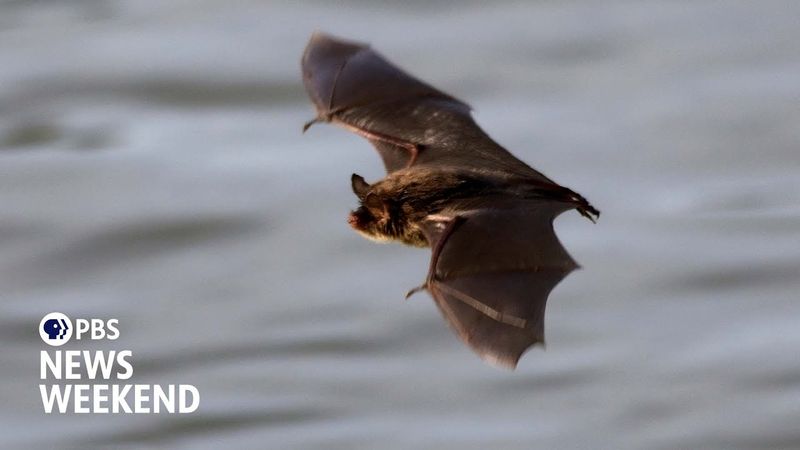
As night falls over Hawaii’s Kilauea volcano, the Kilauea Vesper Bat takes to the skies. This nocturnal flyer has adapted to hunt insects in the thermal updrafts created by volcanic activity.
With its keen echolocation skills, it navigates the dark landscape with ease. Roosting in lava tubes provides safety and warmth. The Kilauea Vesper Bat’s presence underscores the unique ecological niches formed by volcanic forces, where life continues to flourish against the odds.
Etna Volcanic Beetle
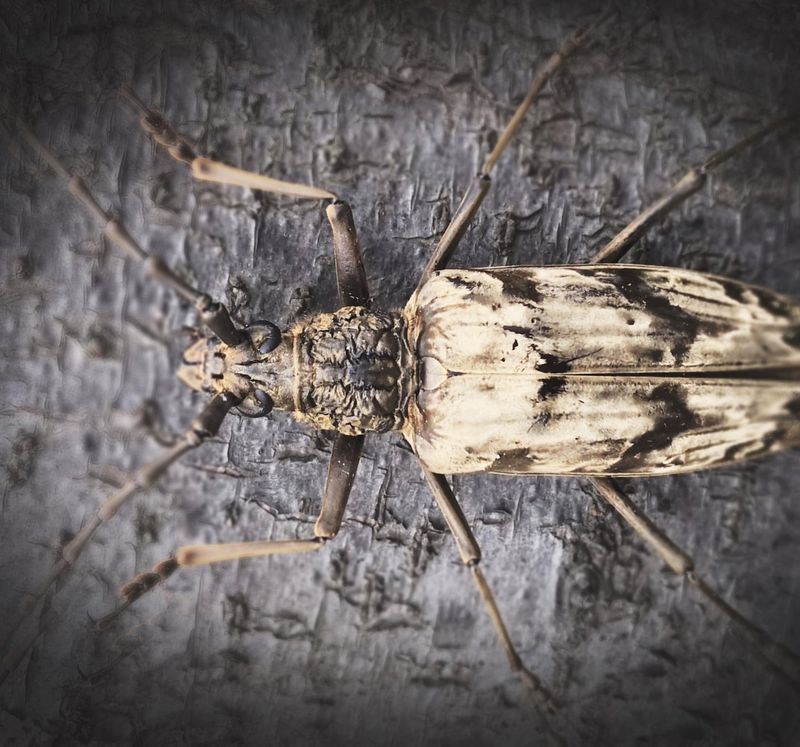
High on the slopes of Mount Etna, the Etna Volcanic Beetle makes its home. Its glossy black body and distinctive reddish-orange legs set it apart from its peers.
This beetle’s reflective shell is an adaptation that helps regulate its body temperature under the intense Sicilian sun. With a diet rich in decaying plant matter, the beetle plays a vital role in the ecosystem by helping break down organic materials.
Its keen sense of smell guides it to its next meal, even in the sparse volcanic terrain. Did you know? The Etna Volcanic Beetle is an accomplished survivor, having weathered countless eruptions and adapted to the ever-changing landscape.
Sulawesi Bear Cuscus
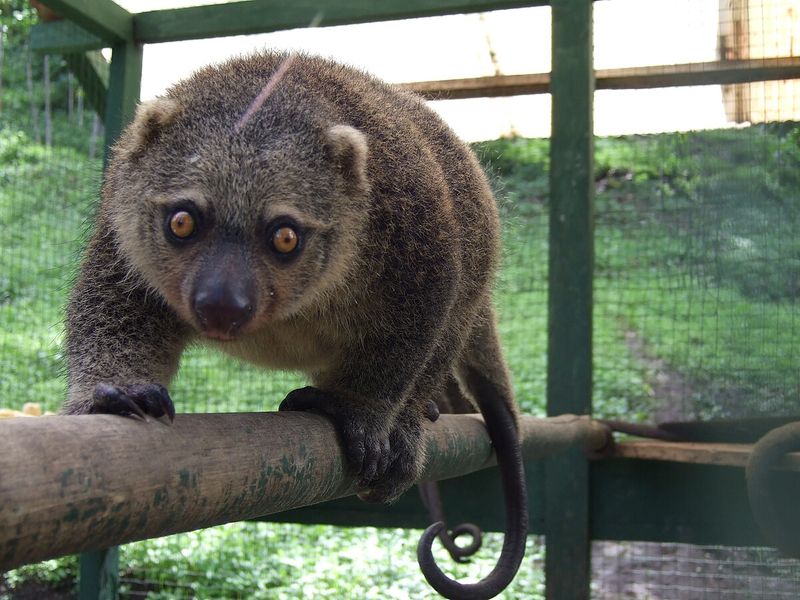
In the lush volcanic rainforests of Sulawesi, the Bear Cuscus stands out with its thick fur and expressive eyes. This arboreal marsupial is an expert climber, navigating the dense canopy with ease.
Feeding on leaves and fruits, it plays a vital role in seed dispersal. Its adaptations to the humid, volcanic environment underscore the interconnectedness of ecosystems. The Sulawesi Bear Cuscus is a fascinating example of adaptation to a dynamic and fertile landscape.
Costa Rican Volcano Rabbit
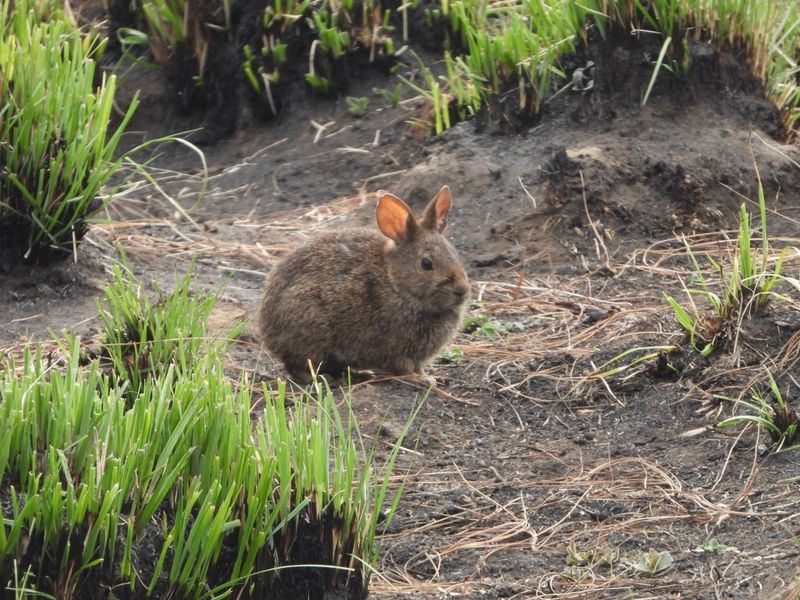
On the verdant slopes of Costa Rica’s volcanoes, the Volcano Rabbit makes its home. This small, elusive creature is adapted to life in dense grasslands and volcanic soils.
Its compact body and keen hearing help it evade predators. Feeding primarily on grasses, it plays a role in maintaining the ecological balance.
The Volcano Rabbit’s existence in such a dynamic environment highlights the adaptability required for survival in volcanic regions.
Japanese Volcano Wren

Amidst the steaming volcanic landscapes of Japan, the Volcano Wren fills the air with its melodious song. This small bird has adapted to the forested slopes of active volcanoes, finding food and shelter among the rich vegetation.
Its brown and gray plumage blends with the surroundings, offering protection from predators. The Volcano Wren’s presence in these geologically active areas exemplifies life’s persistence in the face of natural challenges.
Philippine Tarsier
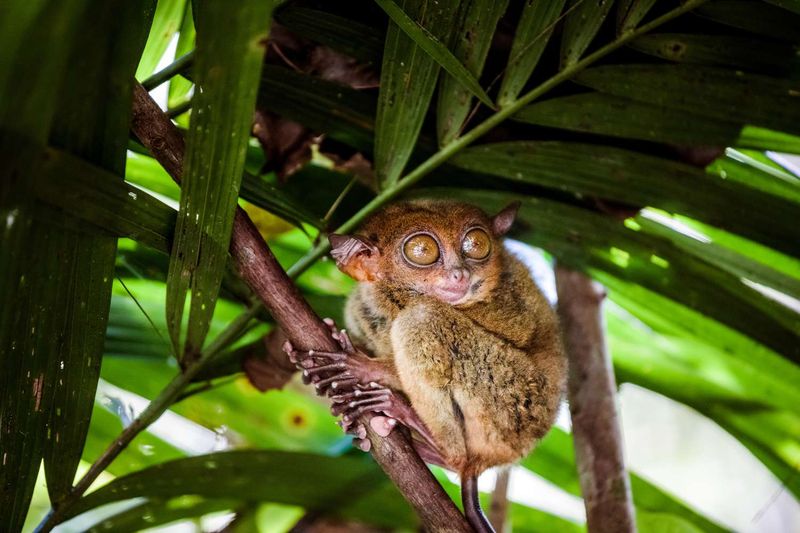
In the volcanic landscapes of the Philippines, the Tarsier enchants with its large eyes and diminutive size. This nocturnal primate is a master of stealth, leaping through the trees with incredible agility.
Its diet of insects supports the balance of the ecosystem. The Tarsier’s ability to thrive in volcanic regions, where lush forests meet rugged terrain, underscores its adaptability and charm. These tiny primates are as enigmatic as they are fascinating.
Barren Island Komodo Dragon
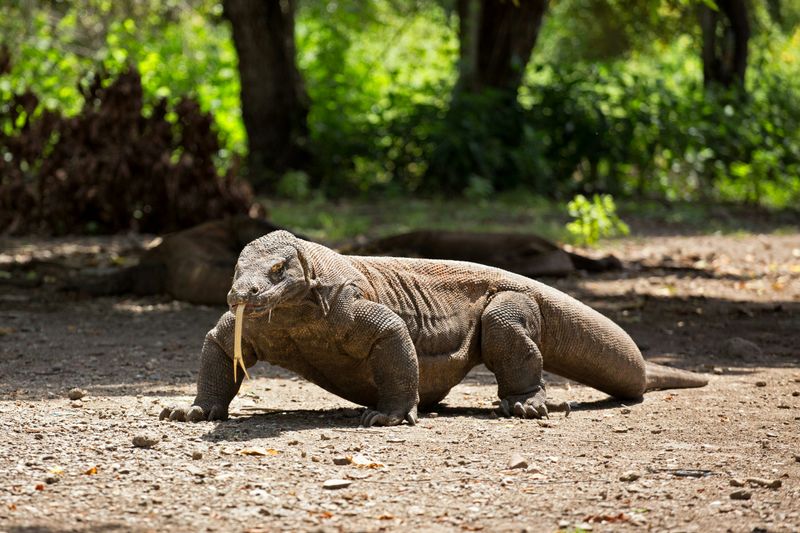
On Barren Island, a small volcanic island in the Andaman Sea, the Komodo Dragon reigns supreme. This formidable predator has adapted to the stark, isolated landscape, where food can be scarce and temperatures extreme.
The dragon’s thick, rugged skin not only protects it from the harsh elements but also retains moisture in the arid conditions. With a diet that encompasses everything from birds to mammals, these dragons are not picky eaters, ensuring their survival through both feast and famine.
What’s truly fascinating is how these dragons regulate their body temperature by basking on sunlit volcanic rocks, using the heat to power their cold-blooded metabolism. This adaptation is crucial for their survival on the island’s unforgiving terrain, making them a fascinating study of resilience and adaptability.

